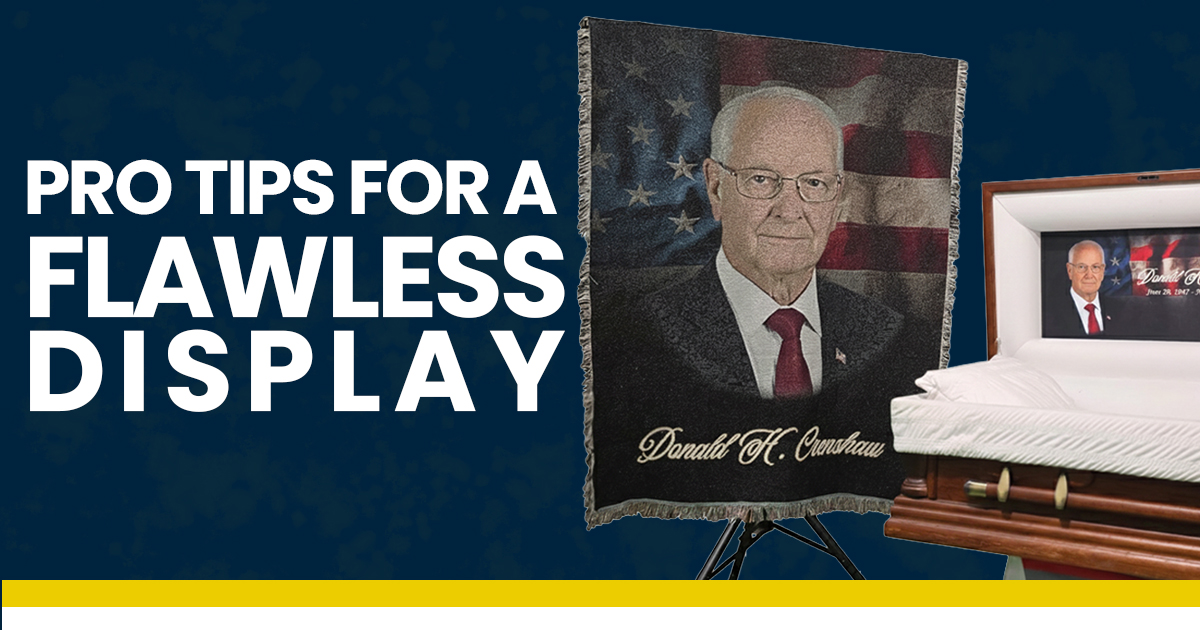Post-Mortem DNA Banking Promises Answers to Unexplained Deaths
Losing a loved one under any circumstances takes a heavy toll. Not knowing the cause of their death can make the grieving process even harder. For parents who lose children to sudden and undetermined causes, the trauma of unanswered questions adds to their already heavy burden. A new service called post-mortem DNA banking offers hope to people facing this difficult situation.
DNA testing goes commercial
Since its invention, people have used genetic testing to solve crimes, predict future health outcomes, and establish paternity and familial ties. Recently, the hobby of genealogy has gotten a boost from commercial DNA testing services that provide a window into your past and present relations and lineage. Genetic data voluntarily submitted to these private-sector companies have been used by law enforcement to solve decades-old murders. Most famously, law enforcement identified the serial rapist and murderer known as the “Golden State Killer” in 2018 after a DNA match found through relatives in the GEDmatch database. Due to the overwhelming popularity of genetic testing services, it’s estimated that 60% of white Americans can be identified via a DNA database, whether or not they themselves have ever submitted a sample for testing. This number is growing as more people submit samples to databases like GEDmatch.
DNA testing can also help determine predisposition to disease, future health risks, and causes of illness or death. Laced with language about empowerment and action, DNA testing services like Ancestry Health promise actionable information about health risks and conditions that lets you “chart a healthier path forward.” Armed with intimate knowledge about your genetics, their argument goes, you and your doctor can make informed choices about health screenings, preventative measures, and lifestyle changes.
The difference in DNA banking
“DNA banking” goes a step beyond genetic testing by securely storing genetic samples for future analysis. They also test when current testing is insufficient or unavailable. Much like cryogenics, which relies on the hope that future medical advances will cure incurable diseases, DNA banking counts on future science and technology to shed light on the medical mysteries of today. As testing becomes “more informative, more reliable, and more accessible,” DNA banking can ensure that samples are ready when new tests become available. It can also serve as “source material for identification of missing persons or remains,” should the need arise. Prevention Genetics, one of the biggest labs to provide this service, charges customers $169 for DNA banking, promising safe, secure storage of one’s genetic material for 50 years. They recommend DNA banking to everyone as an investment in their family’s future, likening it to life insurance or making a will.
Why save DNA after death?
When someone dies inexplicably, a post-mortem DNA sample can shed light on the cause of death. The National Association of Medical Examiners(NAME) recommends saving an appropriate DNA sample for all cases of sudden death for people under the age of 40. For a DNA sample to be viable for preservation and testing, it must be collected and stored using specific methods.
Learning the cause of death of a loved one, particularly an infant or child, can not only provide closure. It may also protect surviving family members. Supporters of genetic testing say that knowledge about a child’s condition and family genetics lets parents make better decisions about their own health and that of their other children. Finding out specific causes of death and preexisting conditions can guide families to undertake appropriate testing and rule out irrelevant factors. Until recently, private labs focused on collecting and storing the DNA of living customers. Now they offer post-mortem DNA banking as part of their suite of services. “Genetic counselors,” professionals with specialized training in medical genetics, work with healthcare teams to help people understand their options and guide them through the DNA testing and/or banking process.
Privacy and security concerns
Like any service that collects deeply personal information, genetic testing has faced its share of privacy concerns. The Golden State Killer case revealed the scale and power of publicly available information. DNA testing companies routinely sell “anonymized” customer data to pharmaceutical companies. However, scientists argue that anonymizing genetic data is practically impossible. To prove this, a researcher from MIT correctly identified the donors of five “supposedly anonymous” samples in under a day.
Although the Health Insurance Portability and Accountability Act(HIPAA) protects most patient information, the legislation doesn’t fully regulate direct-to-consumer genetic testing services. And unlike a bank account or Social Security number, you can’t just change your genetic information. Once exposed, there’s no way to protect the compromised data.
Post-mortem DNA testing and banking can offer valuable health insights. However, the difficulty of anonymizing DNA and the murky regulatory environment around genetic information leaves room for privacy violations and unforeseen consequences. With advances in medical understanding comes the risk of biological profiling and genetics-based discrimination. As genetic testing technology advances, the laws governing direct-to-consumer DNA testing companies will have to address privacy and transparency head-on.




